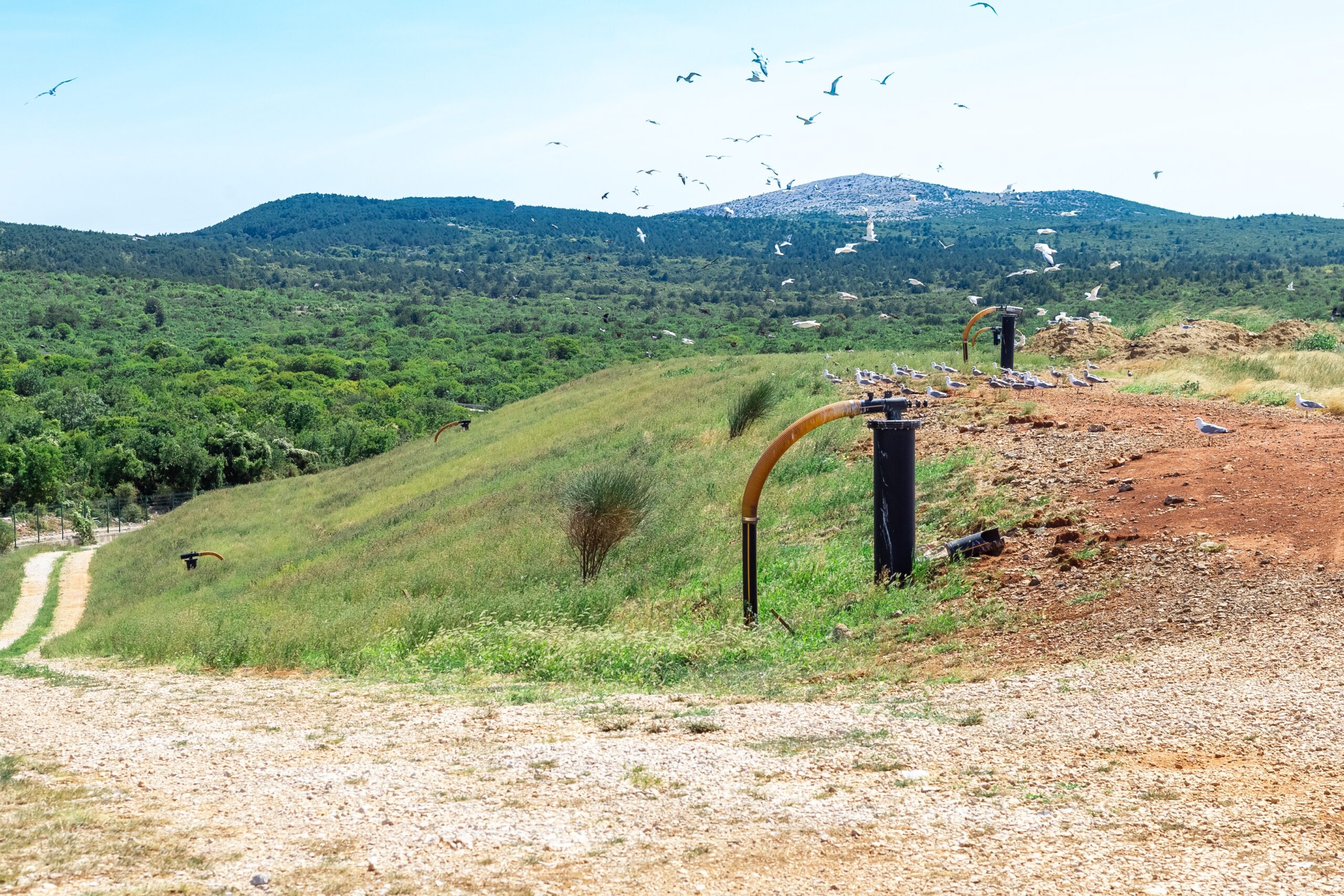EREF Joins Industry Leaders to Discuss PFAS and CERCLA on Capitol Hill
Did you ever watch The Magic School Bus? In the episode “For Lunch,” Ms. Frizzle’s class miniaturized and took a trip through Arnold’s digestive system. While simple (and far-fetched), the animated journey presented an educational overview into a complex scientific process. In March, Dr. Bryan Staley traveled to Washington, D.C. to join panelists from across the nation and encourage Congressional staffers to take a similar journey – with PFAS.
Dr. Staley, the President and CEO of the Environmental Research & Education Foundation (EREF), asked the audience to imagine being a molecule on a forever chemical’s life journey. It begins as a coating on your non-stick frying pan, or your microwave popcorn bag, maybe even your makeup. Those items get manufactured with or packaged in containers that can contain PFAS, transported by vehicles using microchips that are also coated with PFAS, and sent to the distributors. Once the item is in a consumer’s possession, it’s used and, eventually, disposed. At this point, one might consider the PFAS journey over – it’s headed to the bin! In reality, that journey is just beginning.
As the products leave consumers’ possession, they travel to passive receivers. Passive receivers are entities that neither produce nor manufacture PFAS but receive them through the waste stream. This was the topic at the center of the gathering in the nation’s Capital in March. Moderated by Anne Germain, National Waste and Recycling Association’s (NWRA) COO and SVP of Technical and Regulatory Affairs, panelists also included Amy Brittain, Environmental Programs Manager in the Land Protections Division of Oklahoma’s Dept. of Environmental Quality; Judy Sheahan, Assistant Executive Director for the U.S. Conference of Mayors; Richard Watson, CEO of Delaware’s Solid Waste Authority; Jeff Ziegenbein, Acting Director of Operations at Inland Empire Utilities Agency and President of the CA Association of Compost Producers; and Eric Labelle, Principal Project / Process Engineer at the Wastewater Department in Kennebunkport, Maine.
Each of these panelists represented a group of passive receivers in the waste, composting, or water treatment industry, and most presented a case for Congressional action to exempt passive receivers from last year’s Comprehensive Environmental Response, Compensation, and Liability Act (CERCLA). As an independent, science-based research organization, EREF does not advocate for any positions, policies, or exemptions from regulations. Instead, Dr. Bryan Staley presented current data on how PFAS enters the waste stream, how these chemicals impact consumers, and the research EREF is currently conducting on the subject. The word of the day was ubiquitous. It was used by every panelist for each industry alongside EREF’s call for further research and the need for more data.
EREF has written on how science and advocacy work together to affect change in the world. The recent Congressional briefing is one example how research can inform policy and empower advocates to explain and defend the most educated course of action. EREF has published a number of reports on PFAS in leachate and compost, and has assembled a resource of scientific and technical studies on the topic. This subject is of utmost importance as studies continually show links between PFAS exposure and health complications. Just like PFAS entering the waste stream, EREF’s journey with these chemicals has only begun. The foundation currently has seven active studies related to PFAS and will continue to release updates and reports as findings become available.
By Stephen Aber



